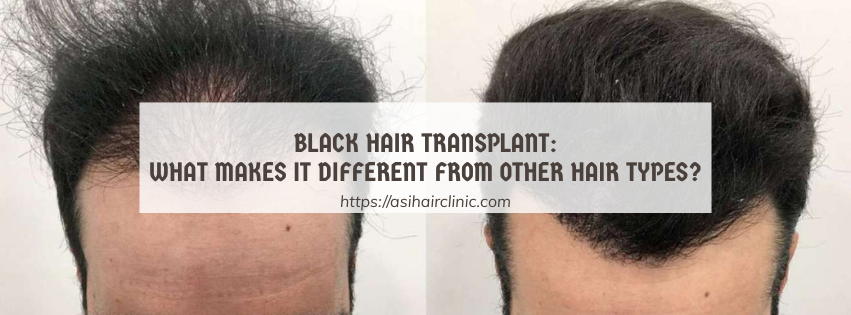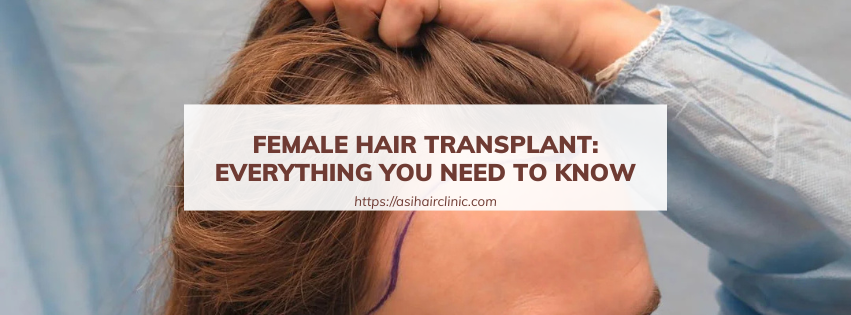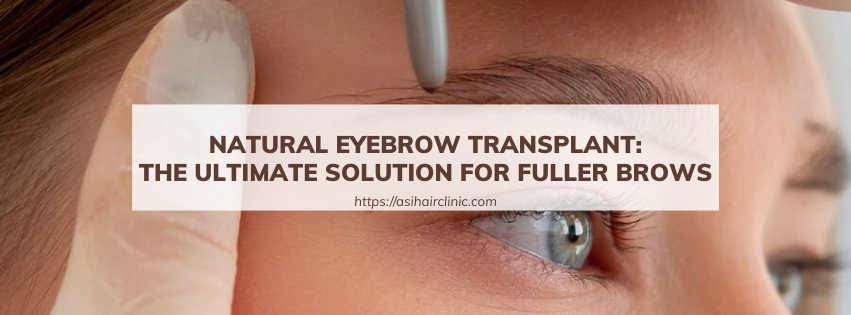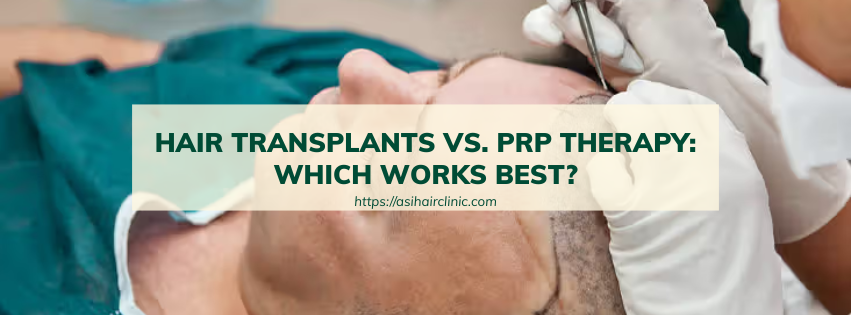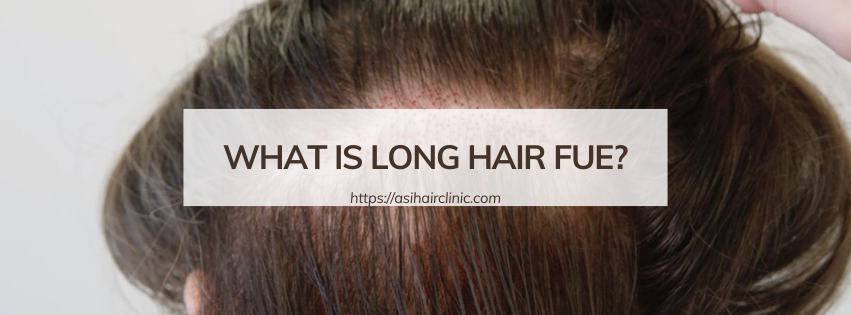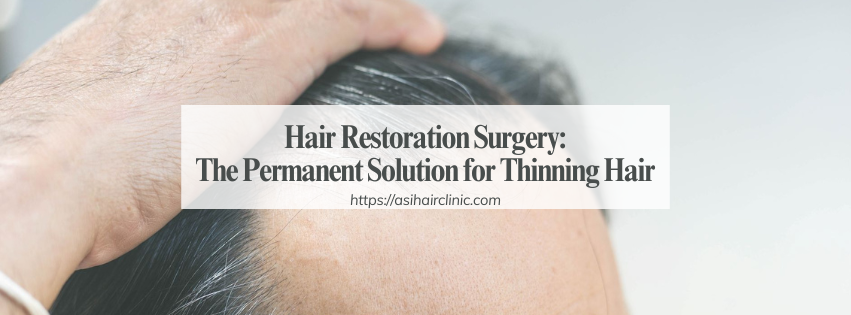Everything You Need to Know About Hair Transplants
Hair loss is a common concern that affects millions of people worldwide. It not only impacts one's physical appearance but can also have a significant impact on their self-esteem and mental well-being. Fortunately, advancements in medical technology have led to the emergence of hair transplantation as a safe and effective solution for restoring hair and confidence. This comprehensive guide will delve into the intricacies of hair transplants, covering everything from the science behind it to the post-procedure care and potential outcomes.
Understanding the Roots: The Science Behind Hair Transplants
Hair transplantation is a surgical procedure that involves moving healthy hair follicles from one part of the scalp (the donor area) to a bald or thinning area (the recipient area). The process relies on the fundamental principle of hair follicle transplantation, which leverages the body's natural hair growth cycle.
The Donor Area
The donor area is typically the back and sides of the scalp, known as the "safe zone," where hair is genetically programmed to resist thinning. These follicles possess a unique characteristic: they are permanent and unaffected by the hormonal changes that cause hair loss in the front and crown areas of the scalp.
Hair Types in the Donor Area
Hair in the donor area is classified into three types: terminal, vellus, and transitional. Terminal hair is thick, pigmented, and long and is found in the majority of the scalp. Vellus hair, on the other hand, is short, fine, and light-colored and is usually found in the front and crown areas of the scalp. Transitional hair is a mix of both terminal and vellus hair and can be seen in the transition zone between the two areas.
To determine the number and quality of hair follicles available in the donor area, hair transplants surgeons use a tool called a densitometer. This device calculates the number of follicular units (FU) per square centimeter, which can range from 70-90 in the safe zone.
Hair Density and Hair Transplant
Hair density refers to the number of follicular units present in a particular area of the scalp. It is often measured in FU per square centimeter. Hair transplant surgeons consider hair density when designing the best approach for hair restoration. Higher hair density can result in better coverage and a more natural-looking hairline.
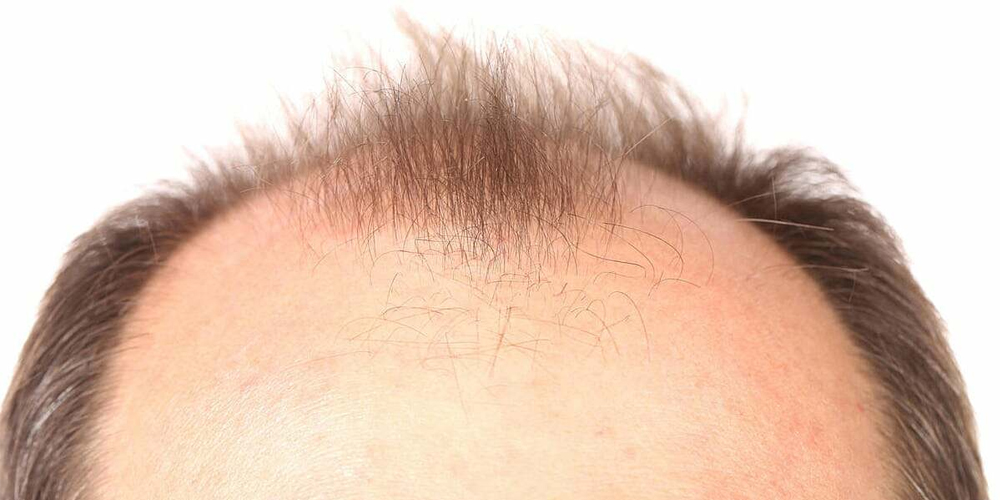
The Recipient Area
The recipient area can be anywhere on the scalp where hair has thinned or is completely absent. The procedure involves creating tiny incisions in the recipient area and then meticulously placing the harvested follicles within these incisions.
Hair Loss Patterns in the Recipient Area
Hair loss in the recipient area follows a specific pattern that determines the type of hair transplants required. The most common type of hair loss patterns are:
- Male Pattern Baldness (MPB): MPB is characterized by a receding hairline and thinning hair on the crown area.
- Female Pattern Hair Loss (FPHL): FPHL is characterized by a diffuse thinning of hair throughout the scalp.
- Traction Alopecia: Traction alopecia is caused by excessive pulling on hair, resulting in hair fall along the hairline and temples.
- Scarring Alopecia: Scarring alopecia results in permanent hair loss due to damage to hair follicles.
Different Types of Hair Transplant Techniques
There are two main types of hair transplant techniques: Follicular Unit Extraction (FUE) and Follicular Unit Transplantation (FUT).
Follicular Unit Extraction (FUE)
FUE involves extracting individual hair follicles from the donor area and transplanting them into the recipient area one by one. This technique leaves no visible linear scar and results in a faster recovery time compared to FUT. However, it is a more time-consuming and expensive process.
Follicular Unit Transplantation (FUT)
FUT involves removing a thin strip of tissue containing hair follicles from the back and sides of the scalp. The follicles are then divided into individual units and transplanted into the recipient area. This technique is less time-consuming and more cost-effective than FUE but leaves a visible linear scar on the donor area.
The Hair Transplant Procedure: Step by Step
The hair transplants procedure is a delicate and intricate process that requires precision and skill. It usually takes several hours and is performed under local anesthesia. The following are the general steps involved in a hair transplant procedure:
- Preparation: Before the surgery, the patient's hair is washed, and the donor and recipient areas are marked.
- Harvesting Hair Follicles: For FUE, individual hair follicles are extracted using a specialized instrument called a punch tool. In FUT, a strip of tissue is removed and dissected into individual follicular units.
- Creating Recipient Sites: Tiny incisions are made in the recipient area using a specialized instrument called a blade or needle.
- Transplanting Hair Follicles: The harvested hair follicles are carefully placed into the recipient sites one by one, taking into consideration the direction, angle, and density of the natural hair.
- Post-procedure Care: The patient is given post-op instructions, including how to care for the transplanted area, medications, and follow-up appointments.
The Journey: Pre and Post-Procedure Care
While hair transplantation is a relatively safe and minimally invasive procedure, it is still considered surgery and requires proper pre and post-operative care to ensure the best results. Here are some essential tips to follow before and after the procedure:
Pre-Procedure Care
Preparing for a hair transplant involves several steps, including:
- Consultation: Consult with a qualified and experienced hair transplant surgeon to understand the procedure's details and address any concerns or questions.
- Medical Evaluation: Before undergoing any surgery, it is crucial to undergo a medical evaluation to check for any underlying health conditions.
- Stop Smoking and Alcohol Consumption: It is advisable to stop smoking and consuming alcohol at least a week before the surgery as they may interfere with the body's healing process.
- Avoid Certain Medications: Some medications, such as blood thinners, may need to be stopped before the surgery. It is essential to consult with your doctor beforehand.
- Wash Hair Thoroughly: It is recommended to wash your hair thoroughly on the day of the procedure with an antibacterial shampoo to reduce the risk of infection.
Post-Procedure Care
Proper post-procedure care is crucial for the success of a hair transplant. Here are some tips to follow after the surgery:
- Medications: The surgeon may prescribe antibiotics, painkillers, and anti-inflammatory drugs to reduce discomfort and prevent infection.
- Avoid Exercise and Strenuous Activities: It is advisable to avoid any strenuous activities that may increase blood flow to the scalp for at least a week after the surgery.
- Sleeping Position: Sleeping in an elevated position for a few days after the surgery can help reduce swelling.
- Protect the Scalp from the Sun: The transplanted area will be sensitive to sunlight, so it is necessary to protect it with a hat or scarf when going outside.
- Follow-up Appointments: The patient will need to schedule follow-up appointments with their surgeon to monitor the healing process and address any concerns.
Potential Outcomes: What to Expect After a Hair Transplant
While hair transplantation has a high success rate, there are some potential outcomes and risks associated with the procedure. These include:
Transplanted Hair Falling Out
It is entirely normal for the transplanted hair to fall out within a few weeks after the surgery. This is known as "shock loss" and is a natural part of the hair growth cycle. The hair will start to grow back within 3-6 months, and full results can be seen after 12-18 months.
Infection or Scarring
Infection or scarring is rare but possible complications of a hair transplant. To minimize the risk, it is essential to follow proper post-procedure care and keep the scalp clean and dry. If an infection does occur, it can be easily treated with antibiotics.
Uneven Hair Growth
In some cases, the transplanted hair may not grow evenly, resulting in an unnatural appearance. This can be caused by various factors such as poor surgical technique, inadequate blood supply to the grafts, or underlying health conditions. If this occurs, further procedures may be necessary to correct the issue.
Conclusion
Hair transplantation has come a long way in providing a safe and effective solution for those struggling with hair loss. With advancements in technology and medical techniques, more and more people are opting for this life-changing procedure. However, it is essential to consult with a qualified and experienced hair transplant surgeon and carefully follow pre and post-operative care instructions for the best outcome. With patience and proper care, hair transplantation can help restore hair and confidence, making a significant impact on one's overall well-being.
LATEST POSTS

